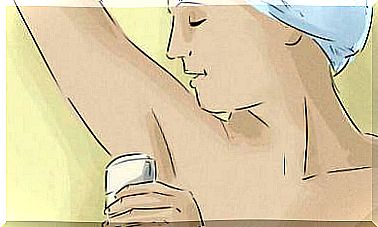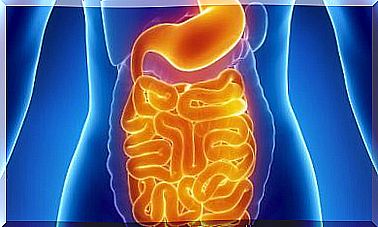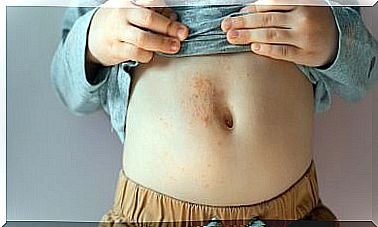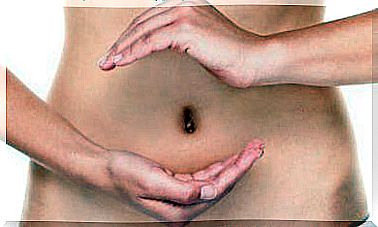Dinoprostone: A Great Ally During Childbirth
Dinoprostone is a drug with an eicosanoid structure used as a stimulating agent of labor, it is an oxytocic. It has direct action in the induction of labor, expulsion of the dead fetus and spontaneous abortion.
What is an eicosanoid?
This name encompasses a set of substances, such as prostaglandins, thromboxanes, prostacyclins or leukotrienes, which are synthesized from essential polyunsaturated fatty acids made up of 20 carbon atoms.
These molecules contain three, four or five double bonds, for this reason they are called polyunsaturated, if they did not have double bonds they would be saturated.
Eicosanoids come from arachidonic acid, this being the most abundant precursor in humans. The acid is stored as part of the phospholipids of the cell membrane and is released through the action of phospholipase 2α or by phospholipase C.
How are eicosanoids formed?

As we have already mentioned, arachidonic acid is the precursor for the formation of eicosanoids. Once it has been mobilized by the action of phospholipases, it is rapidly oxygenated, that is, oxygen atoms are added, by four different enzymatic systems :
- COX 1 and COX 2 pathway.
- LOX pathway: these enzymes are found in the cell cytoplasm and are responsible for oxidizing polyene fatty acids at carbon 5, 12 or 15. The most important is 5-LOX, which is located mainly in inflammatory cells.
- Epoxygenase or cytochrome p 450 pathway: In this pathway, arachidonic acid is converted into at least 4 epoxyeicosatrienoic acids (EETs), which can be incorporated into membrane phospholipids where they act as a reservoir. They modulate cardiovascular and kidney function.
- Isoprostans : they are very abundant, up to 10 times more than prostaglandins. Although they exert multiple actions, among which the renal ones stand out, their role is still quite unknown.
COX 1 and COX 2 pathway
There are two isoforms of the COX enzyme, cyclooxygenase. COX 1 is a constitutive enzyme responsible for the synthesis of prostaglandins, such as dinoprostone, with paracrine and autocrine functions. It is found mainly in platelets and the vascular endothelium.
As for COX 2, it is an enzyme with an inducible and a constitutive form. The first is located in inflammatory and immune cells where it is responsible for the production of prostaglandins during inflammation and cancer.
Constitutive COX 2 is localized in the kidney, spinal cord, brain, and endothelium. It mediates the synthesis of protacyclines.
Pharmacological actions of dinoprostone

The active substance in dinoprotone is prostagladin E2 (PGE2). Despite having a very important role in childbirth, it also has effects on other functions of the body.
- Inflammation: dinoproton, being a PGE2, has anti-inflammatory properties, unlike other prostaglandins. Inhibits the production of IL-1, the formation of leukotrienes, superoxide radicals and lipoxins.
- Cardiovascular system: dinoprostone has a vasodilator action without much modifying the functioning of the heart, like most prostaglandins.
- Lung: the actions of PGE2 are different from the rest in that part of the body. It acts as a bronchodilator and reduces bronchial secretion.
- Nervous system : prostaglandins play an important role in the formation of fever. They sensitize nociceptive endings without causing direct pain.
- Gastrointestinal tract : maintains the integrity of the digestive epithelium as it is a powerful inhibitor of the production of hydrochloric acid and pepsin in the stomach. It also acts as a vasodilator in the mucosa.
And in childbirth?
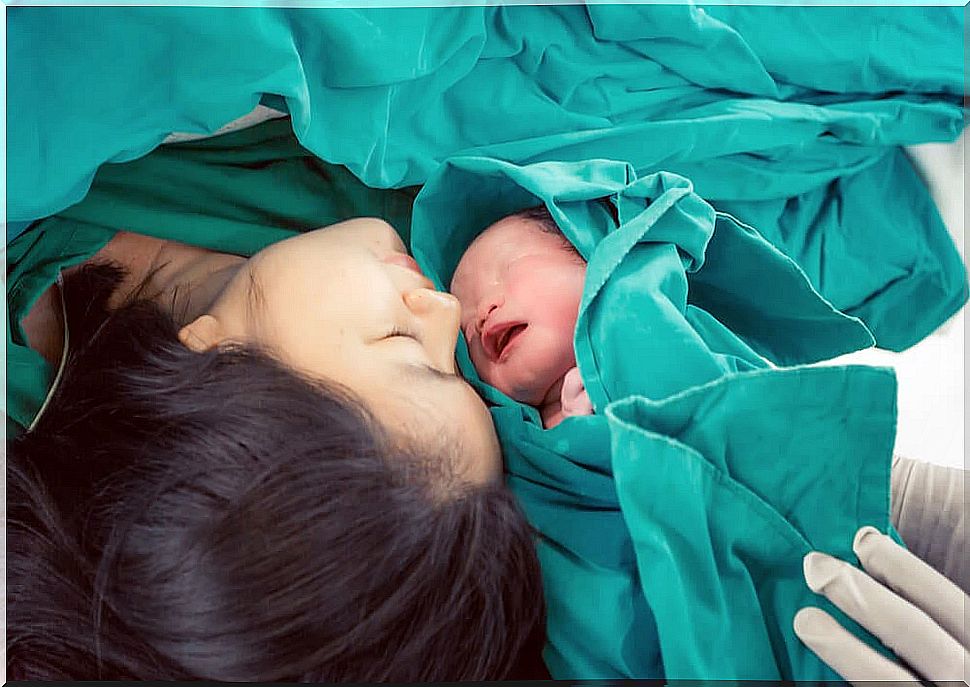
Apart from all these actions that characterize PGE2, in this case, dinoprotone, its main indication is to help women who are in the process of childbirth.
Dinoprostone is an oxytocic agent, that is, it has the same functions as the hormone oxytocin in childbirth. It is a stimulating agent of childbirth. It has a direct action in the induction of this, in the expulsion of the dead fetus and can cause spontaneous abortion.
This drug has the properties of increasing the amplitude and frequency of uterine contractions just like oxytocin, therefore, it enhances its actions. In addition, it also causes cervical dilation, thus helping the body to adapt to childbirth.
In certain situations, the administration of dinoprostone is contraindicated. For example, this drug cannot be administered once labor has begun because the effects of oxytocin would be greatly enhanced and the situation could arise that the uterine muscle cannot relax, thus maintaining a prolonged contraction that would induce abortion.
Another situation in which dinoprostone is contraindicated is in conjunction with exogenous oxytocin, as explained above. Nor should it be administered in early stages of pregnancy.

